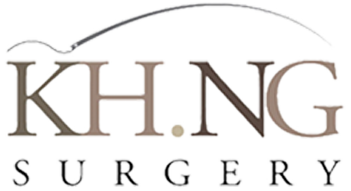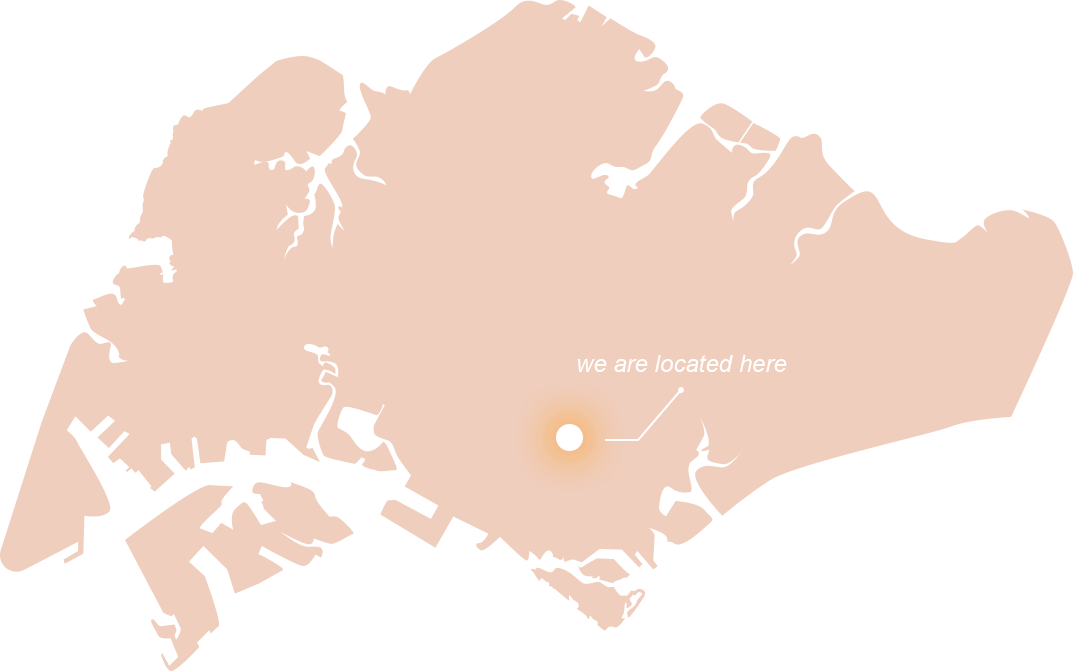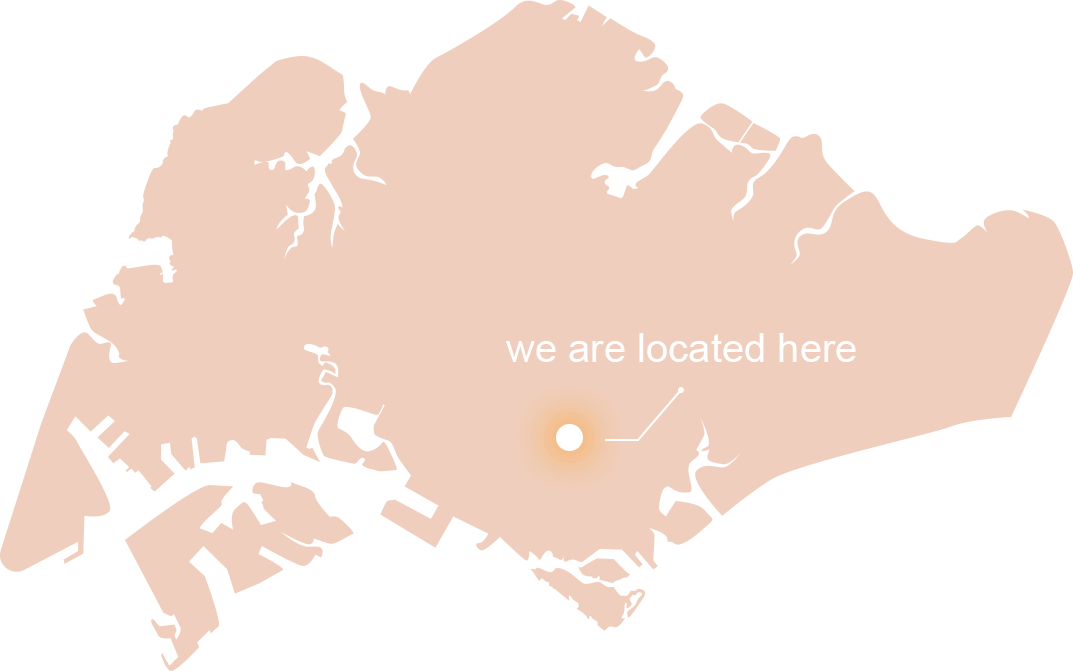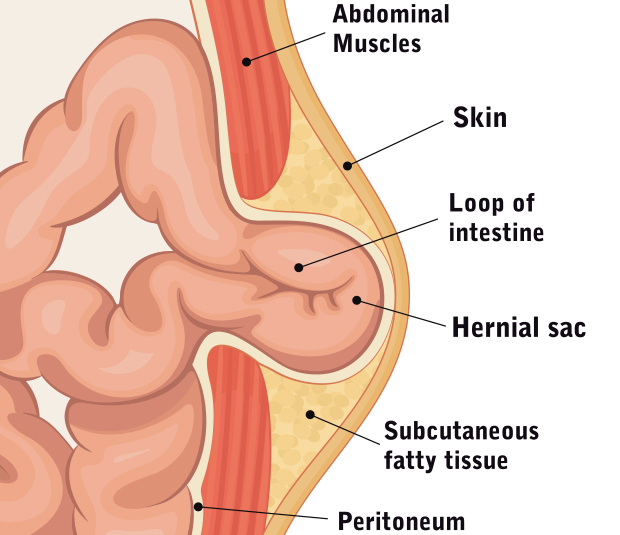
Hernia surgery is a common and effective procedure to repair weakened muscle walls that cause internal organs to bulge. Learn more about hernias, their symptoms, and the surgical options available for lasting relief.
Hernia is a common condition in Singapore. A hernia happens when an internal organ or tissue bulges through a weak spot in muscle or connective tissue, usually in the abdominal wall, often creating a visible lump, especially when standing or coughing. These weaknesses typically develop over time due to factors like age, heavy lifting, chronic coughing, obesity, or surgical injury, although congenital factors can also play a role.
Hernias are classified by their location and the involved structures. While some are congenital, many develop gradually due to repetitive strain, muscle weakness, or surgical complications.
There are numerous types of hernias, with the more common ones being:
- Inguinal Hernia– The most common type of hernia, inguinal hernias affect men more frequently than women. It occurs in the groin area when an organ pushes through a weakened spot in the abdominal wall. The condition feels like a noticeable bulge that may ache.
- Femoral Hernia– Femoral hernias occur more commonly in women. It happens when abdominal tissue pushes through the femoral canal, creating a lump near the upper inner thigh or groin. It may feel like a small, tender bulge that can become painful.
- Umbilical Hernia– An umbilical hernia occurs when a piece of bowel or fatty tissue pushes through the abdomen near the navel (belly button). This is especially common in babies under 6 months old, but adults can develop them too.
- Incisional Hernia– This occurs when tissue pushes through the unhealed scar. Risk factors include pregnancy or increased pressure on the abdomen too soon after surgery. It often feels like a bulge near the scar that becomes more pronounced or painful with movement.
- Hiatal Hernia– A hiatal hernia develops when the upper stomach pushes through the diaphragm, the muscle separating your chest and abdomen. This can cause heartburn, acid reflux (GERD), chest pain, bloating, and swallowing difficulties.
If you are unsure about the type of hernia you may have, it is best to consult a hernia specialist for a thorough evaluation.
The symptoms of the hernia depend on the severity of the hernia. Early hernia may not have symptoms at all. Patients may feel abdominal discomfort or pain upon exertion, like prolonged walking or exercise. A protruding lump can be felt in the abdomen if the hernia is significant in size. The protruding lump typically disappears when the patient lies down. In a male patient with a large inguinal hernia, the groin lump may extend all the way down to the scrotum.
In an irreducible hernia, the pain can be excruciating. If the intestines are involved in the irreducible hernia, the blood supply to the intestines may be cut off and result in a dead bowel in a few hours. This is an emergency, and surgery should be performed as soon as possible.
Hernias arise from a combination of muscle weakness and recurring strain on the abdominal wall. Factors can increase the risk of developing a hernia include:
- Heavy Lifting:Improper or repetitive heavy lifting can strain the abdominal muscles
- Chronic Cough:Persistent coughing from conditions like asthma, as well as frequent sneezing, increases abdominal pressure
- Chronic Constipation:Straining during bowel movements due to chronic constipation puts excessive pressure on the abdominal muscles
- Being Male:Inguinal hernias are notably more prevalent in men
- Pregnancy:Multiple or closely spaced pregnancies can weaken the abdominal wall
- Obesity:Excess weight exerts increased pressure on the abdominal wall
- Previous Abdominal or Pelvic Surgery:Surgical sites can weaken, leading to incisional hernias
A congenital hernia is present at birth, typically caused by a defect in foetal development. For example, in congenital diaphragmatic hernias, abdominal organs can slip into the chest cavity. In contrast, an acquired hernia occurs later in life due to factors like trauma, surgery, or increased pressure on the abdomen.
Although hernias may not initially seem urgent, leaving it untreated can sometimes lead to complications developing:
- Incarceration:A portion of the intestine becomes trapped in the hernia, leading to pain, nausea, and constipation.
- Strangulation:When blood flow to the trapped intestine is cut off, causing tissue death (gangrene). This is life-threatening and requires urgent surgery.
- Obstruction:A herniated intestine can cause a blockage in the bowel, leading to cramps, vomiting, and inability to pass gas or stools.
- Physical Examination:The hernia doctor will examine the affected area and check for the presence of any bulges. Sometimes, they may also ask you to cough or strain to see if the hernia becomes more noticeable.
- Imaging Tests:While a physical exam is often enough to diagnose a hernia, imaging tests may sometimes be required for a more definitive diagnosis or to gather additional information. These tests may include:
- Abdominal Ultrasound:Uses sound waves to create an image of internal structures
- CT Scan:Combines X-rays and computer technology to produce detailed images
- MRI:Uses magnets and radio waves for in-depth images of the affected area
Preparing for hernia surgery typically includes:
- Obtaining clearance through blood tests and other assessments to confirm suitability for the procedure
- Medication adjustments for substances that could interfere with the surgery or recovery, such as blood thinners
- Fasting, or refraining from eating or drinking for a period of time before surgery
- Smoking cessation weeks before and after surgery improves wound healing
The general recommendation is that all hernias should be surgically repaired, except in very old and frail patients. For patients who are not fit to undergo hernia surgery, they have to wear a truss to keep the hernia in check. For patients who are fit, surgical repair should be performed to relieve the discomfort and prevent complications from occurring.
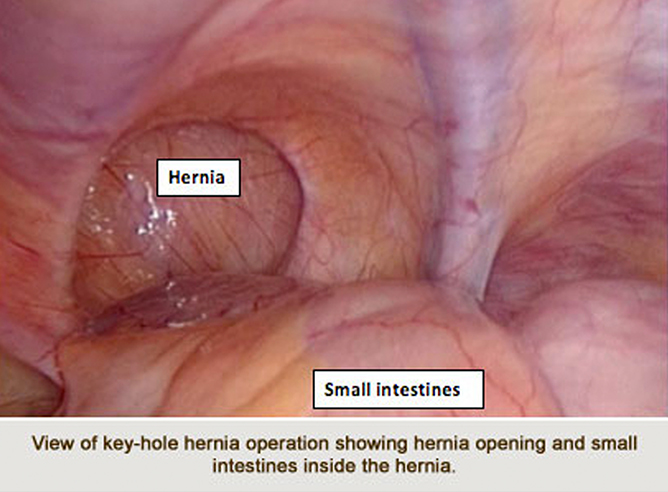
Most hernias do not heal on their own. Left untreated, they can grow larger and lead to serious problems like organ obstruction or strangulation (when the blood supply is cut off). The most effective way to fix a hernia is through surgery. Common types of hernia operations include:
- Herniorrhaphy– The surgeon makes an incision and gently pushes the displaced organ back to its original position. Afterwards, the hernia sac is removed and the edges of the weakened muscle or tissue are stitched together to prevent the hernia from recurring. This procedure is most suitable for patients with small hernias or patients with good abdominal wall strength.
- Hernioplasty– This type of hernia surgery follows the same steps as herniorrhaphy. However, instead of using sutures, a flat, sterile mesh is used to reinforce the weakened muscle or tissue. It is preferred for larger and recurrent hernias, as this procedure lowers their recurrence rate significantly.
- Herniotomy– This type involves the removal of the hernia sac only. It is often used in children, and less common in adults.
Hernia repair can be approached using different surgical techniques depending on the type, size, and severity of the hernia. They all aim to reposition the herniated tissue and strengthen the weakened area to prevent recurrence.
The conventional method to repair the hernia is via the open method. This is performed via a 4 to 5-cm incision at the hernia site. A non-absorbable mesh is commonly placed to reinforce the repair.
The key-hole (laparoscopic) method to repair a hernia has become very popular over the past 10 years. With a few small incisions, there is little pain after laparoscopic hernia surgery and the recovery is fast. Laparoscopic hernia repair is now routinely offered to patients as an alternative to open repair.
Robotic-assisted hernia surgery is also minimally invasive in nature. Using a console, the hernia surgeon controls robotic arms with high levels of precision and dexterity, guided by advanced 3D visualisation. This allows for more precise movements with smaller incisions, reduced pain, and a potentially lower risk of complications.
During the surgery, you may be given general anaesthesia or local anaesthesia with sedation, so that you do not feel any pain. Afterwards, the surgical area will be sterilised and incisions will be made depending on the surgical approach that will be used.
The hernia surgeon will then perform the repair using stitches or synthetic mesh to reinforce and strengthen the closure. Lastly, the incisions are closed with sutures or staples, and the area is bandaged.
Depending on the type of surgery, you might be discharged the same day or stay for a night or two. Most patients can resume normal activities within 1-2 weeks.
You may feel some temporary pain and discomfort, bruising, and swelling around the incision site, which can be managed with pain relief medications. You will also receive instructions regarding activity restrictions and wound care to facilitate healing. Follow-up appointments with your doctor will be scheduled to monitor your healing progress.
A hernia repair surgery, like any medical procedure, may carry potential risks. While these are minimised in the hands of an experienced hernia surgeon, they can include infection or damage to nearby organs. Fluid accumulation near the hernia is another possible short-term complication. In rare cases, hernia recurrence, chronic pain, or mesh-related problems might occur.
That said, hernia repair surgery is an overall safe and effective procedure with a high success rate. Your hernia surgeon will discuss these risks with you beforehand and take steps to minimise them.
- Do I need mesh for my hernia repair?
Mesh is not always necessary for hernia repair. However, for larger or more complex hernias, mesh reinforcement is typically used to strengthen the repair and reduce the risk of recurrence. - Do hernias cause constipation?
A large or strangulated hernia can cause constipation by physically blocking the passage of stool through the intestines. This is a serious complication and requires immediate medical attention. - What if I have a hernia and I’m pregnant?
For small hernias, doctors may recommend watchful waiting to monitor the hernia. However, surgery during pregnancy may be required in cases of strangulated hernias. It is best to talk to your hernia doctor in Singapore for personalised guidance. - Can I prevent hernias?
You cannot always prevent a hernia, especially if it is congenital, but you can lower your risk of developing one by maintaining a healthy weight, avoiding improper heavy lifting, and managing chronic cough or chronic constipation. - Do all hernias require surgery?
Surgery is the only definitive treatment for hernias. While small, painless, and stable hernias may not require immediate surgery, they will not heal naturally and may worsen over time. - Are hernias serious?
Hernias are not usually life-threatening, but they can become dangerous if left untreated and complications develop. Complications like incarceration or strangulation can cut off blood flow to tissues, leading to intense pain, bowel obstruction, or even tissue death.
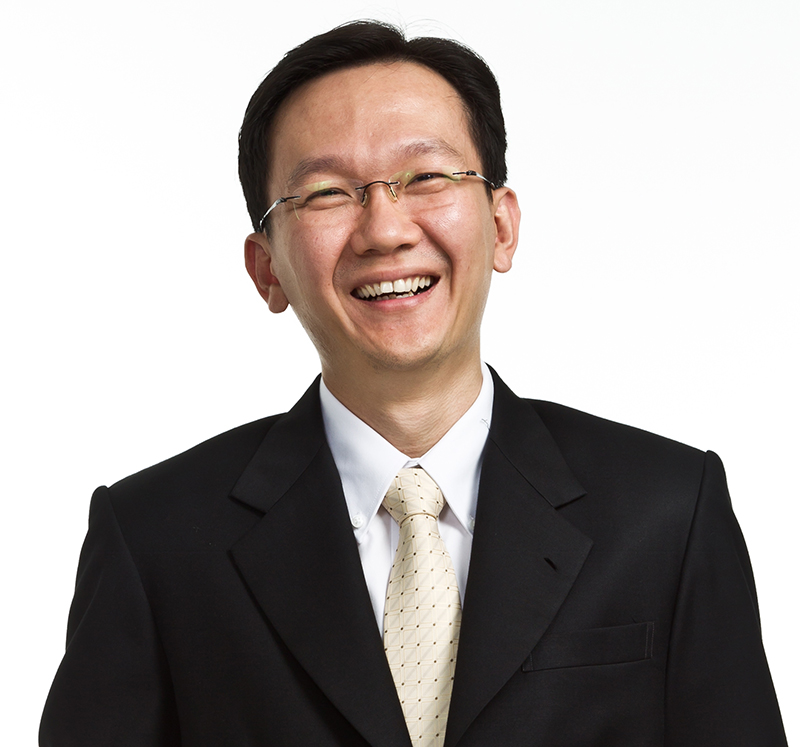
Senior Consultant Colorectal & General Surgeon
MBBS (S’pore), MMed (Surgery), FRCS (Edinburgh),
FAMS (General Surgery)
Dr Ng Kheng Hong is an experienced hernia surgeon in Singapore with over 20 years of experience in both colorectal and general surgery. He graduated from the National University of Singapore and completed his Master of Medicine (Surgery) in 2003. He trained under the prestigious MOH Health Manpower Development Plan (HMDP) in 2006, focusing on advanced laparoscopic and robotic surgery. This has allowed him to perform complex surgeries, including hernia repairs, with greater precision, reduced downtime, and better patient outcomes.
